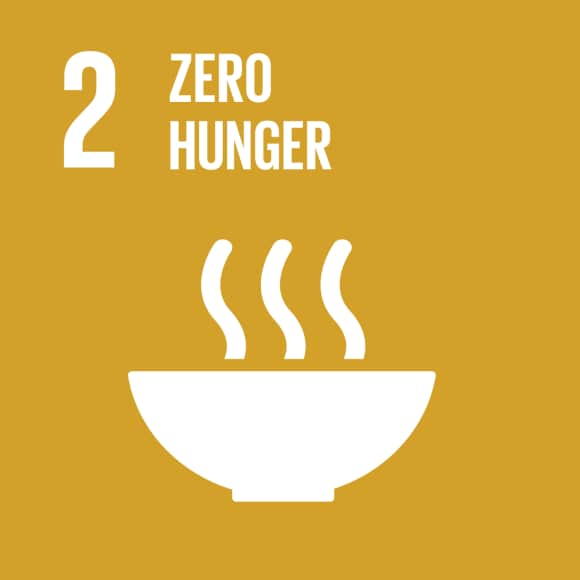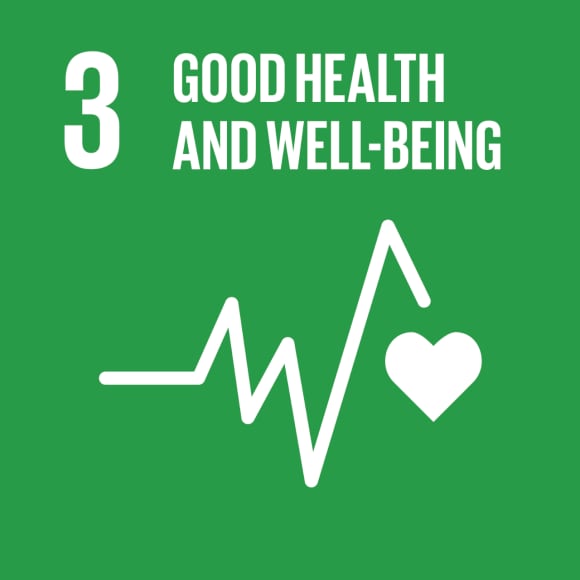Addressing malnutrition and food insecurity due to COVID-19 in Kenya and Uganda
Action Against Hunger
At a glance
At a glance
The COVID-19 pandemic could drive an additional 130 million people into hunger by the end of 20201 . Action Against Hunger is mounting a robust response in East Africa to combat the spread of COVID-19 and address rising food insecurity, malnutrition, and the erosion of productive livelihoods in the region. Action Against Hunger builds on decades of work with families to improve health and nutrition, and with communities to build resilience.
The partners
As the world’s hunger specialist, Action Against Hunger’s primary goal is to create a better way to deal with hunger. For more than 40 years, Action Against Hunger has led the global movement that aims to end life-threatening hunger for good. The organization's teams are on the front lines, treating and preventing malnutrition across nearly 50 countries. Action Against Hunger's holistic programs in nutrition, health, water, sanitation, hygiene, food security, and livelihoods reach more than 21 million people annually.
Action Against Hunger works towards SDGs:


